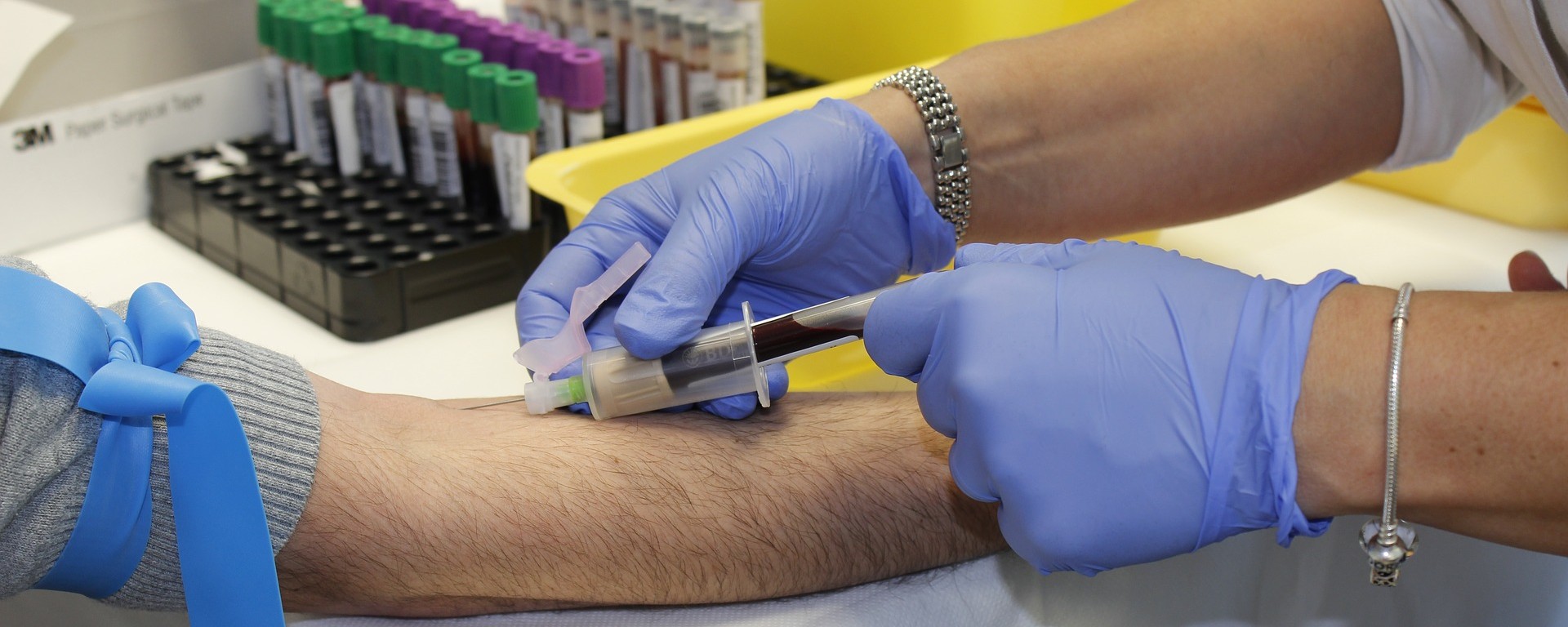What Does Northeast Medical Institute - New Haven Campus Phlebotomy Course & Cna Class Do?
What Does Northeast Medical Institute - New Haven Campus Phlebotomy Course & Cna Class Do?
Blog Article
The Best Guide To Northeast Medical Institute - New Haven Campus Phlebotomy Course & Cna Class
Table of Contents5 Simple Techniques For Northeast Medical Institute - New Haven Campus Phlebotomy Course & Cna ClassThe Buzz on Northeast Medical Institute - New Haven Campus Phlebotomy Course & Cna ClassNortheast Medical Institute - New Haven Campus Phlebotomy Course & Cna Class for DummiesNot known Facts About Northeast Medical Institute - New Haven Campus Phlebotomy Course & Cna ClassFascination About Northeast Medical Institute - New Haven Campus Phlebotomy Course & Cna ClassOur Northeast Medical Institute - New Haven Campus Phlebotomy Course & Cna Class PDFs
The usage of such devices must be gone along with by other infection avoidance and control practices, and training in their usage.For setups with low sources, expense is a driving factor in procurement of safety-engineered devices - Phlebotomy Classes. Where safety-engineered gadgets are not available, competent use a needle and syringe is appropriate. Unexpected exposure and specific information concerning a case need to be videotaped in a register. Support solutions ought to be promoted for those who undergo accidental direct exposure.
Among the important pens of top quality of care in phlebotomy is the participation and collaboration of the individual; this is equally beneficial to both the wellness employee and the patient. Clear info either composed or spoken need to be available to each client who undertakes phlebotomy. Annex F provides sample text for clarifying the blood-sampling treatment to a client. In the blood-sampling space for an outpatient department or facility, give a comfy reclining sofa with an arm remainder.
Some Known Details About Northeast Medical Institute - New Haven Campus Phlebotomy Course & Cna Class
Ensure that the indications for blood sampling are clearly defined, either in a composed protocol or in documented guidelines (e.g. in a laboratory type). In all times, comply with the strategies for infection avoidance and control noted in Table 2.2. Infection avoidance and control methods. Collect all the devices needed for the treatment and area it within risk-free and simple reach on a tray or cart, ensuring that all the items are clearly noticeable.
Where the individual is grown-up and conscious, comply with the actions detailed listed below. Present on your own to the person, and ask the client to specify their full name. Examine that the research laboratory form matches the patient's identity (i.e. match the patient's information with the research laboratory kind, to guarantee accurate identification). Ask whether the patent has allergies, anxieties or has actually ever passed out during previous injections or blood attracts.
Make the client comfortable in a supine setting (if feasible). Area a tidy paper or towel under the patient's arm. Discuss the test to be carried out (see Annex F) and obtain spoken authorization. The client has a right to refuse a test at any time before the blood tasting, so it is very important to make certain that the person has actually recognized the procedure.
The smart Trick of Northeast Medical Institute - New Haven Campus Phlebotomy Course & Cna Class That Nobody is Discussing
Expand the patient's arm and check the antecubital fossa or lower arm. Situate a blood our website vessel of a good dimension that is noticeable, straight and clear. The diagram in Section 2.3, shows common placements of the vessels, but lots of variants are possible. The mean cubital blood vessel exists in between muscles and is usually the most simple to penetrate.
DO NOT put the needle where capillaries are diverting, since this enhances the chance of a haematoma. Situating the blood vessel will aid in determining the appropriate size of needle.
Specimens from central lines bring a risk of contamination or wrong lab test outcomes. It is appropriate, yet not excellent, to attract blood specimens when very first introducing an in-dwelling venous tool, before attaching the cannula to the intravenous fluids.
Northeast Medical Institute - New Haven Campus Phlebotomy Course & Cna Class Fundamentals Explained
Allow the area to dry. Failure to enable sufficient contact time raises the risk of contamination. DO NOT touch the cleaned site; specifically, DO NOT position a finger over the vein to direct the shaft of the revealed needle. It the website is touched, repeat the sanitation. Do venepuncture as complies with.
Ask the person to develop a clenched fist so the capillaries are a lot more noticeable. Go into the capillary swiftly at a 30 degree angle or less, and proceed to present the needle along the capillary at the easiest angle of entry - Phlebotomy Courses. Once sufficient blood has actually been accumulated, launch the tourniquet BEFORE taking out the needle
Get This Report on Northeast Medical Institute - New Haven Campus Phlebotomy Course & Cna Class
Withdraw the needle delicately and use mild pressure to the website with a clean gauze or completely dry cotton-wool ball. Ask the patient to hold the gauze or cotton wool in position, with the arm prolonged and elevated. Ask the person NOT to flex the arm, because doing so creates a haematoma.

A Biased View of Northeast Medical Institute - New Haven Campus Phlebotomy Course & Cna Class
Do not push the syringe bettor since extra pressure increases the danger of haemolysis. Where feasible, keep the tubes in a rack and relocate the shelf in the direction of you. Inject downwards right into the suitable coloured stopper. DO NOT get rid of the stopper due to the fact that it will launch the vacuum cleaner. If the example tube does not have a rubber stopper, infuse very slowly right into the tube as minimizing the pressure and velocity utilized to transfer the specimen decreases the danger of haemolysis.

Report this page